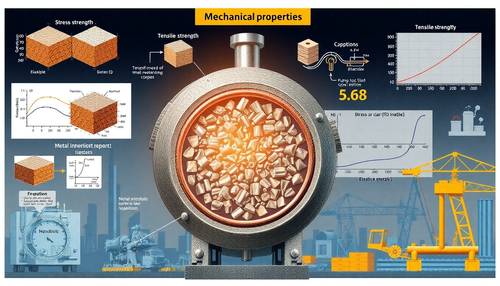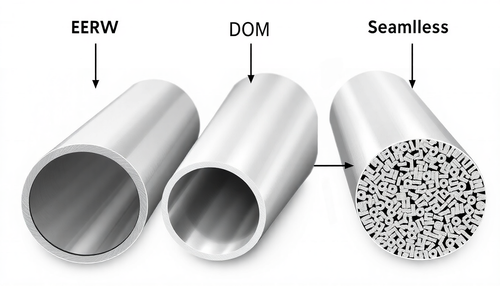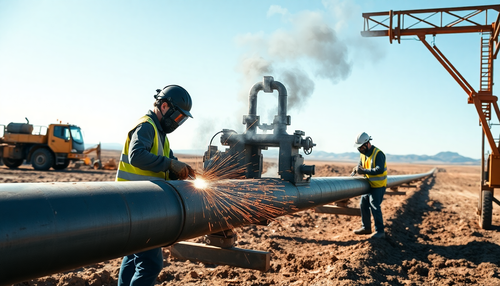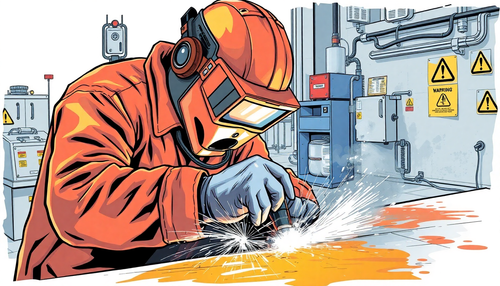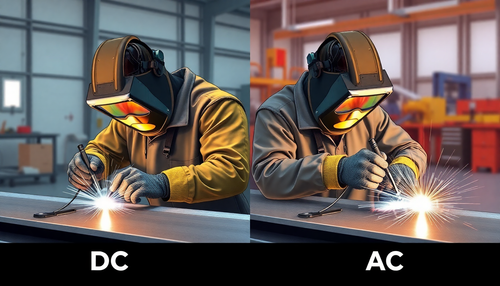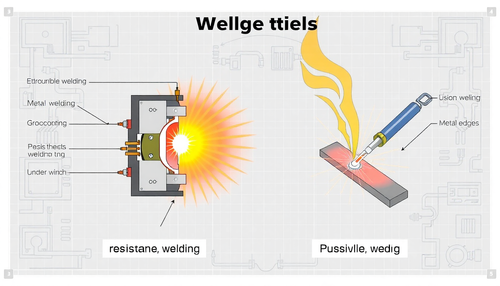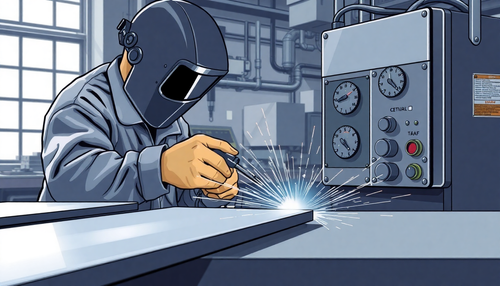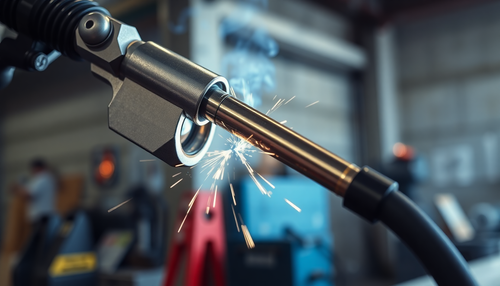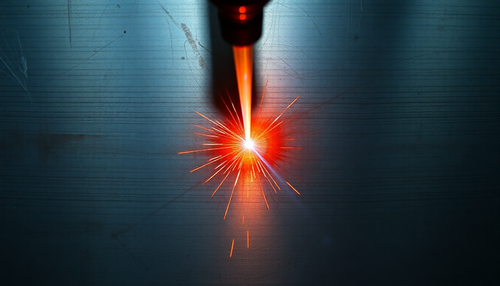The fatigue properties of materials are typically expressed through uniaxial stress cycles, known as SN curves. It is important to note that fatigue theory based on fracture mechanics is not being considered in this context.
Voltage variation over time generally follows a regular pattern, such as a sine wave, square wave, or pulse. However, the influence of mean stress on fatigue performance is often disregarded (i.e. the impact of r=S min /S max ≠ -1).
In reality, the stress state is generally multiaxial, with irregular stress variation and r≠-1. The correspondence between the actual stress and the fatigue performance measured in the laboratory, which involves regular stress variation, uniaxial stress and r = 1, forms the basis for fatigue analysis.

1. Treatment of the average influence of stress
When SN curves are available for different values of r, the interpolation method is normally employed to determine the SN curve for unknown values of r.
In cases where only an SN curve with r=-1 is available, the following formula can be used to calculate the equivalent voltage. This formula converts the uniaxial stress at r≠-1 to the uniaxial stress when r=-1, which is known as the equivalent stress:

Where is a is the half amplitude of the voltage, S e is the desired equivalent voltage, S i is the average voltage and different values of S u n constitute different theories:
- Soderberg yield stress (sy) 1
- Goodman Ultimate Tensile Stress (su) 1
- Gerber Ultimate Tensile Stress (su) 2
- Morrow true fracture stress (sf) 1
2. Conversion of multiaxial stress to uniaxial stress
The following stress options are available to determine the type of stress used for the transformation: Von Mises equivalent stress, maximum shear stress, maximum principal stress, or a specific stress component (such as Sx, Syz, etc.).
Sometimes the signed Mises stress is also employed, with its magnitude remaining unchanged. The signal corresponds to the signal of the maximum main voltage. An advantage of this method is that it allows the effects of tension or compression to be considered, which are reflected in the mean tension or r.
Similar to strength theory, Von Mises equivalent stress and maximum shear stress conversion are suitable for materials with high ductility, while maximum principal stress conversion is appropriate for brittle materials.
3. Treating irregular stress
The irregular high and low equivalent uniaxial stress time curve is analyzed to extract a series of simple stress cycles (S to S i ) and their corresponding times.
Counting and statistics can be obtained using several methods, including the path-dependent method and the path-independent method.
The path correlation method, which is the most widely used rainflow counting method, is applied to complete the counting process. Its algorithm and principle are explained in “Downing, S., Society, D. (1982) Simplified rainflow counting algorithms. Int J Fatigue, 4, 31 – 40”.
After rain flow treatment, the irregular stress-time curve is transformed into a series of simple cycles (S a S i n i where ni is the number of cycles).
This method allows the application of damage accumulation theory (Miner criterion) to calculate and analyze: Sum (n i /N i ), where Ni is the life corresponding to the stress cycle (considering S to S i See above).
This technique is commonly used to measure the factor of safety after a certain number of cycles or the corresponding life of a specific complex stress cycle.
Currently, commercial fatigue analysis software is mainly based on the above-mentioned process.
However, it should be noted that fatigue analysis is an empirical analysis and there is currently no mature and complete theory.
There are several perspectives regarding the conversion of multiaxial stress to uniaxial stress.
Von Mises stress, for example, is a stress-dimensional quantity based on the idea of the specific energy of shape change.
Using the concepts of positive and negative or tension and compression is an imprecise and not recommended method.
The selection of the type of stress to adopt depends on the possible tendency of cracks in materials or structures to determine which type of stress is the main factor controlling fatigue failure.
Engineering practice has shown that steel with good plasticity is often damaged due to repeated dynamic loading of principal stress in cases of fatigue failure.
Supplement for Treating the Medium Effect of Stress:
“If there are SN curves under different R values, the interpolation method is generally used to determine the SN curve under unknown R values.”
This is just one method, which is useful when there are multiple voltages to be checked. However, this method can be complicated when checking just one voltage life.
Another method is to determine the half-amplitude of the equivalent voltage under the condition of R = -1 and then apply the SN curve directly.
When there is an average voltage, the SN curve cannot be used directly. Instead, use the GOODMAN CURVE or modified GOODMAN CURVE.


